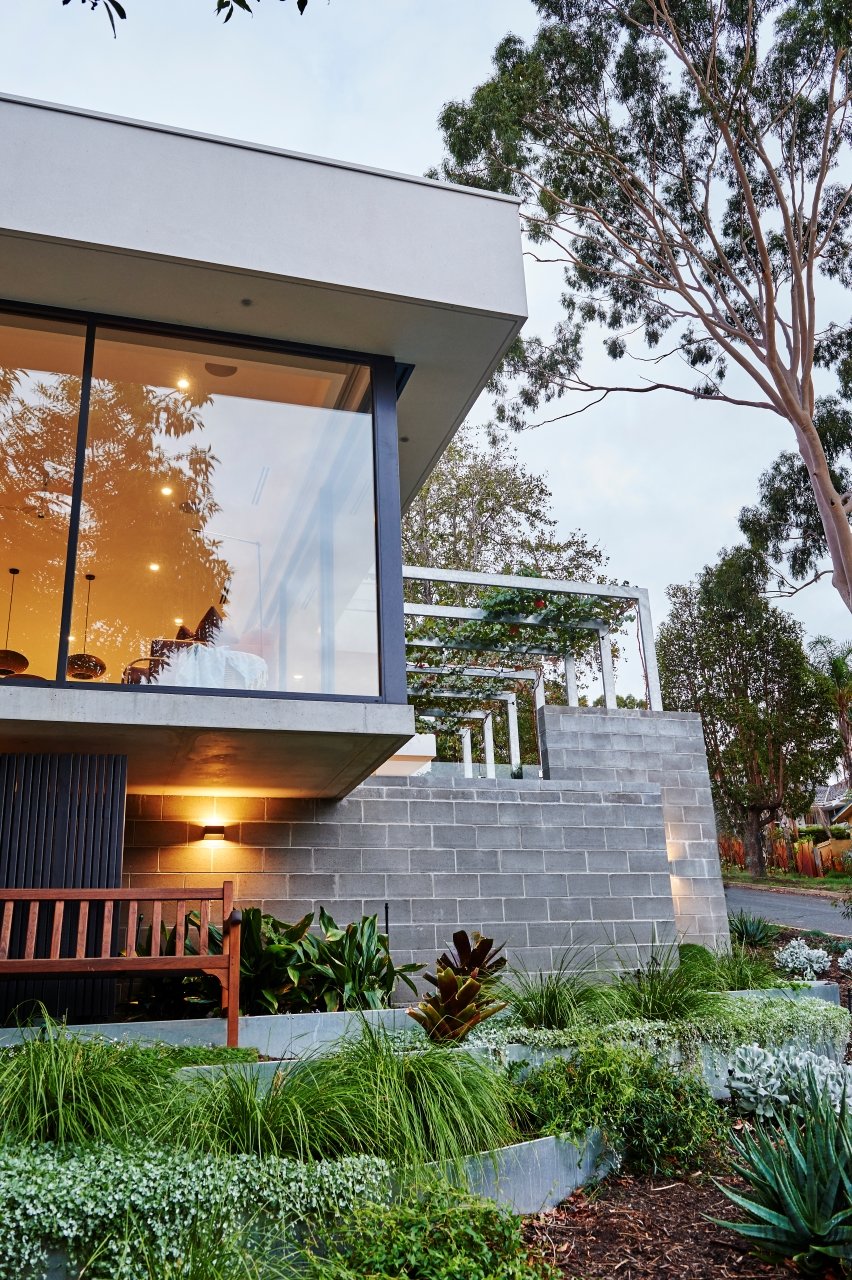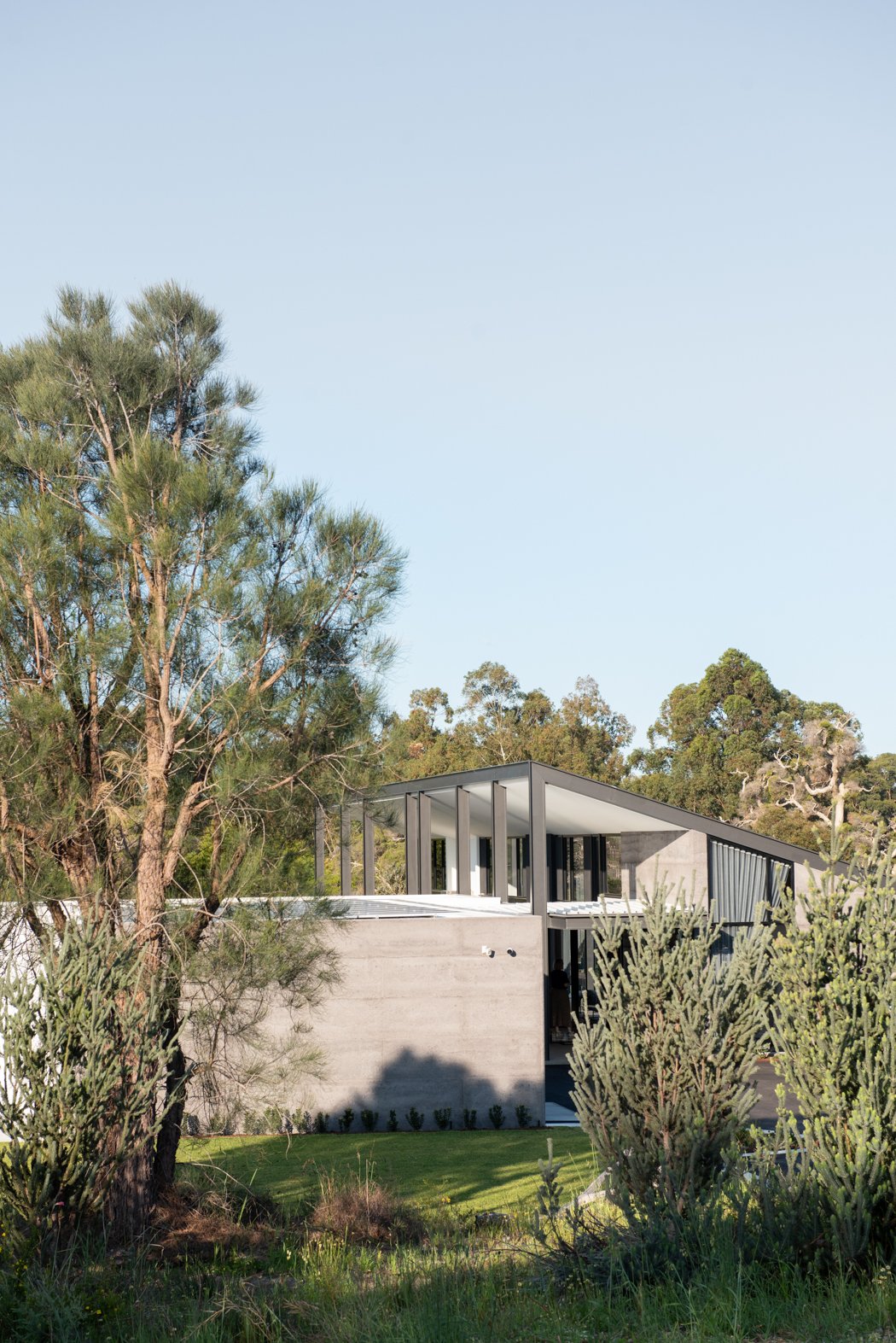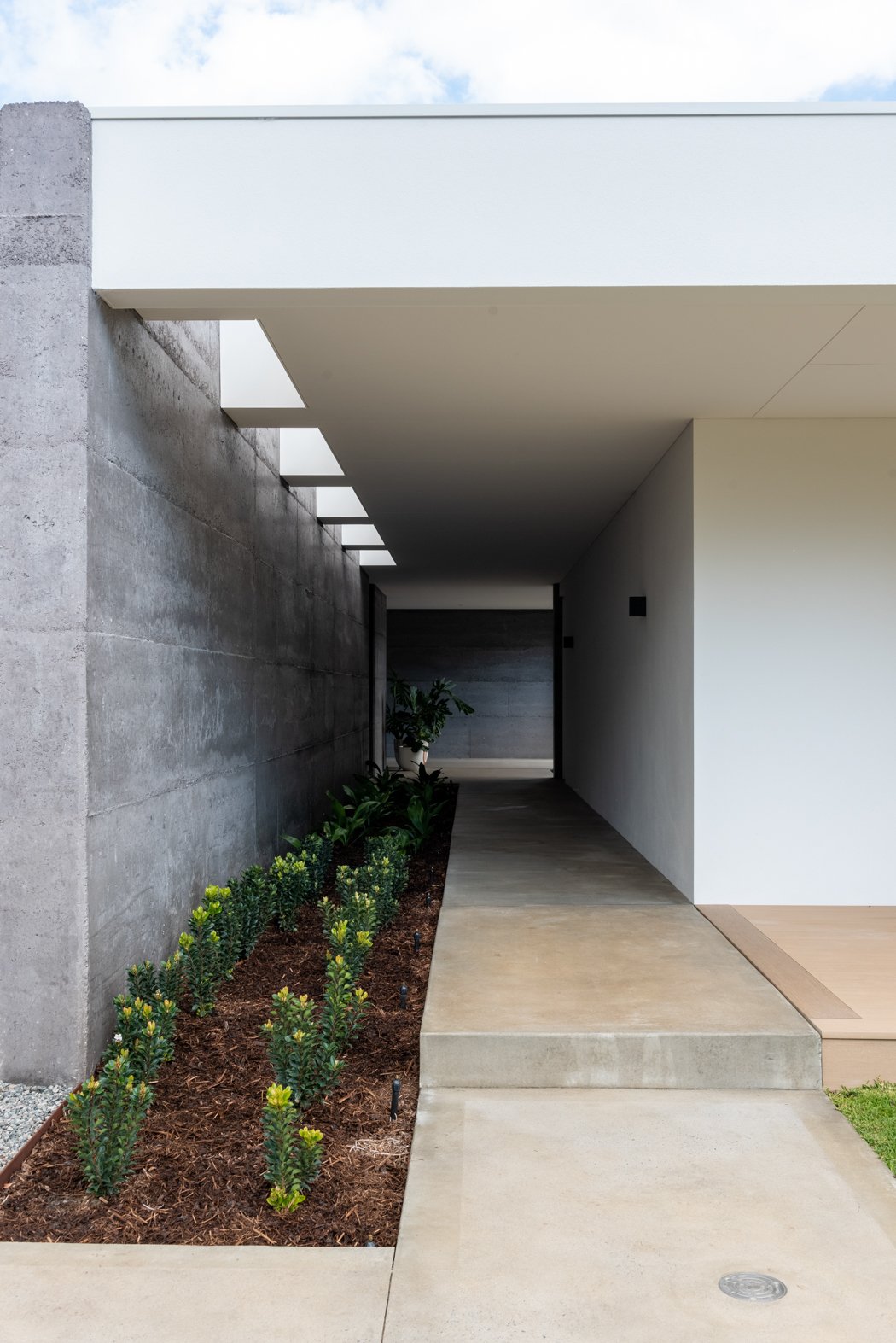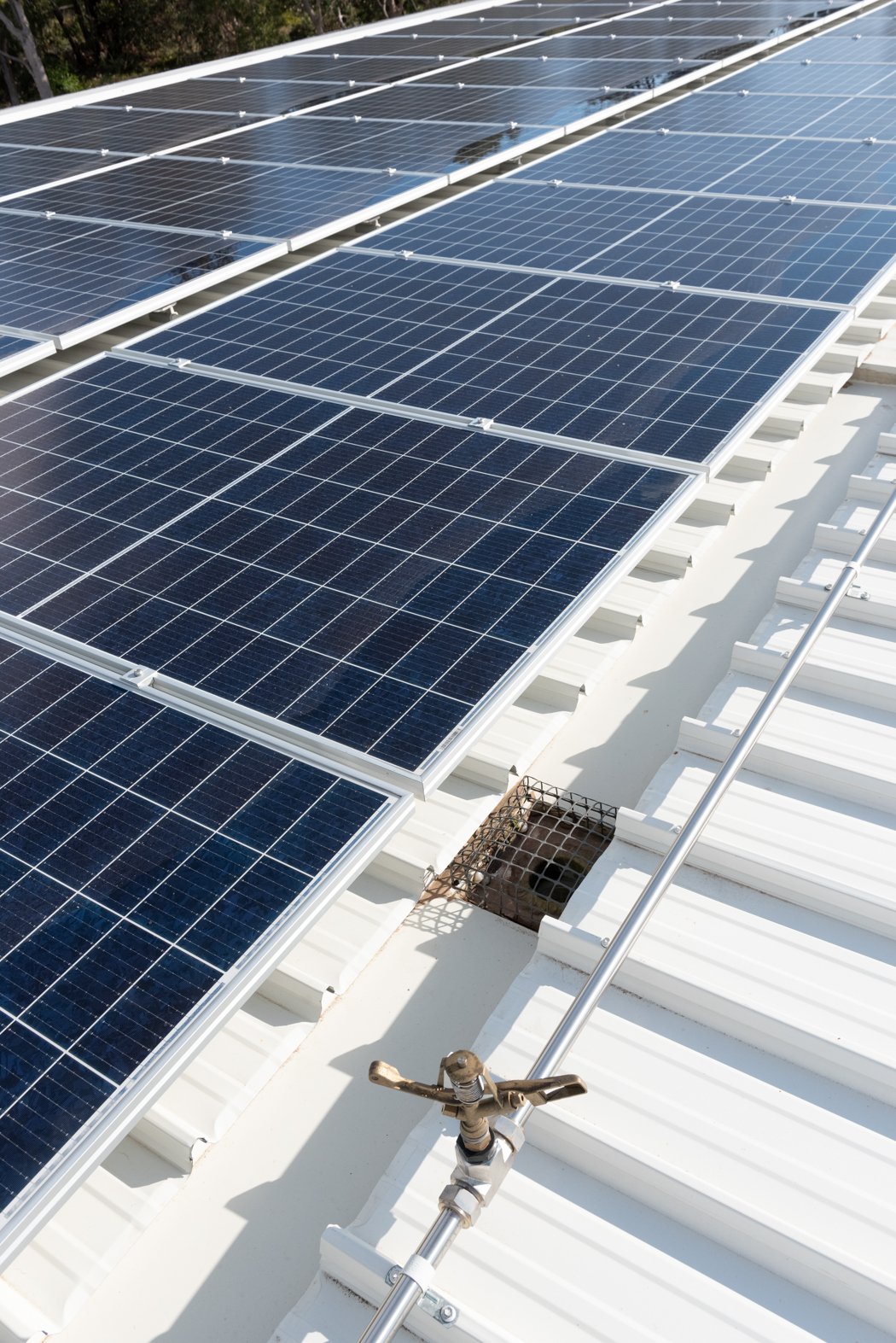Here in Australia, we’re home to some pretty spectacular landscapes, so it’s only natural that we want to build our homes where they can be appreciated every day. But we also have a hot climate that’s prone to bushfires—and only becoming more so. This means that many properties are situated in bushfire prone areas, and while this shouldn’t necessarily stop you from building your home out in the bush, it does mean it needs to be well-prepared in the event of a fire.
WHAT MAKES A PROPERTY BUSHFIRE PRONE
Identified by state governments, bushfire prone areas are zones where the risk of a bushfire is considered to be relatively high. While typically identified according to the proximity and density of vegetation, it can also be influenced by weather conditions or the property’s history. The level of risk for a building is identified according to six Bushfire Attack Levels (BALs) – low, 12.5, 19, 29, 40 and Flame Zone (FZ) - which dictate the required building methods and materials that will give it the best chance of surviving a bushfire.
As one would expect, with a higher risk comes stricter requirements and higher costs. In some cases, there may also be long-term maintenance requirements. Depending on the location of your property, though, it may be possible to reduce the BAL rating. At Hausen Court, for example, some significant land clearing brought it from a BAL 40 to a 29. The same was not possible at Maldon Way, however, due to its proximity to Blue Gum Lake Reserve.
BEFORE YOU BUY
Before buying a property in a bushfire prone area it’s incredibly important to get a BAL assessment to ensure you’re fully aware of the requirements for that property. While the vendor is legally required to inform you if a property is in a bushfire prone area, if you’re not sure, take a look at this map.
A BAL rating assessment must be conducted by a qualified Bushfire Consultant who will give your property a rating, provide a report and can offer advice on how the rating can be reduced. They will also inform you if your property requires a bushfire management plan (BMP), which details the measures the landowner will need to take in the short and long term to reduce risk from a fire. Your rating may influence your decision to buy a particular block but keep in mind that, with a good designer, it’s still more than possible to build on properties with a high BAL.
If you decide to purchase the property, you can then use your BAL assessment to identify what you’d need to change about the property to bring the rating down and whether it’s worth it. This will involve modifying surrounding vegetation by removing it entirely or moving it elsewhere on the property.
At Hausen Court, we had to undergo significant land clearing to bring it from a BAL 40 to a 29.
THE DESIGN
Now that you know what the BAL rating of your property is, it’s possible to design a home that adheres to all the necessary requirements. This will, of course, be much easier if you choose a builder and architect that has significant experience working with such properties, as solutions need to balance the BAL requirements, affordability and aesthetic design.
The requirements differ significantly depending on the BAL rating, but your architect will typically consider the materials, building shape and potential protection measures that can be put in place. Non-combustible materials, like concrete, tin and fire-resistant timber, are ideal. The good thing about these materials is that they also tend to be low maintenance which can save significant time and money in the long term. In high-risk areas, it’s a good idea to keep the home simple and low to the ground to reduce the likelihood of embers getting caught in the structure. Protective measures, like a non-plastic rainwater tank with a connected fire hose, firebreak or sprinkler system, may also be required by your local council.
In our Hermes Road project, aluminium mesh was installed on the windows to catch embers if the windows are open during a fire.
HAUSEN COURT - AS READY AS YOU CAN BE
On Hausen Court in Banjup, lots of tree removals may have been able to bring the BAL rating down from a 40 to a 29, but this didn’t stop the clients from prioritising significant fire protection in their design. Non-combustible materials were used throughout, including masonry, steel and rammed earth. A sprinkler system was installed on the roof and lots of external taps were added for extra insurance, all connected to its own water source to reduce their reliance on the grid. With solar panels on the roof, they even have a back-up power system with a battery that never drains below 25% to power the house’s water supply, and a petrol pump to power the sprinklers if the power is cut. They also have a well-maintained fire break and a track for fire trucks which goes past the water tank, so the firefighters can refill their water and get back to fighting the fire as quickly as possible.
While it’s important to seriously consider the possibility of a fire before building in a bushfire prone area, it shouldn’t be a dealbreaker. An experienced architect and builder can help you make decisions along the way and, as long as you’ve followed the requirements for your BAL rating, you should be relatively well set up if a bushfire does come your way. If you’re able to, it’s always best to over prepare and, in the event of a fire, be sure to keep up with any warnings and follow the advice of your local council.








